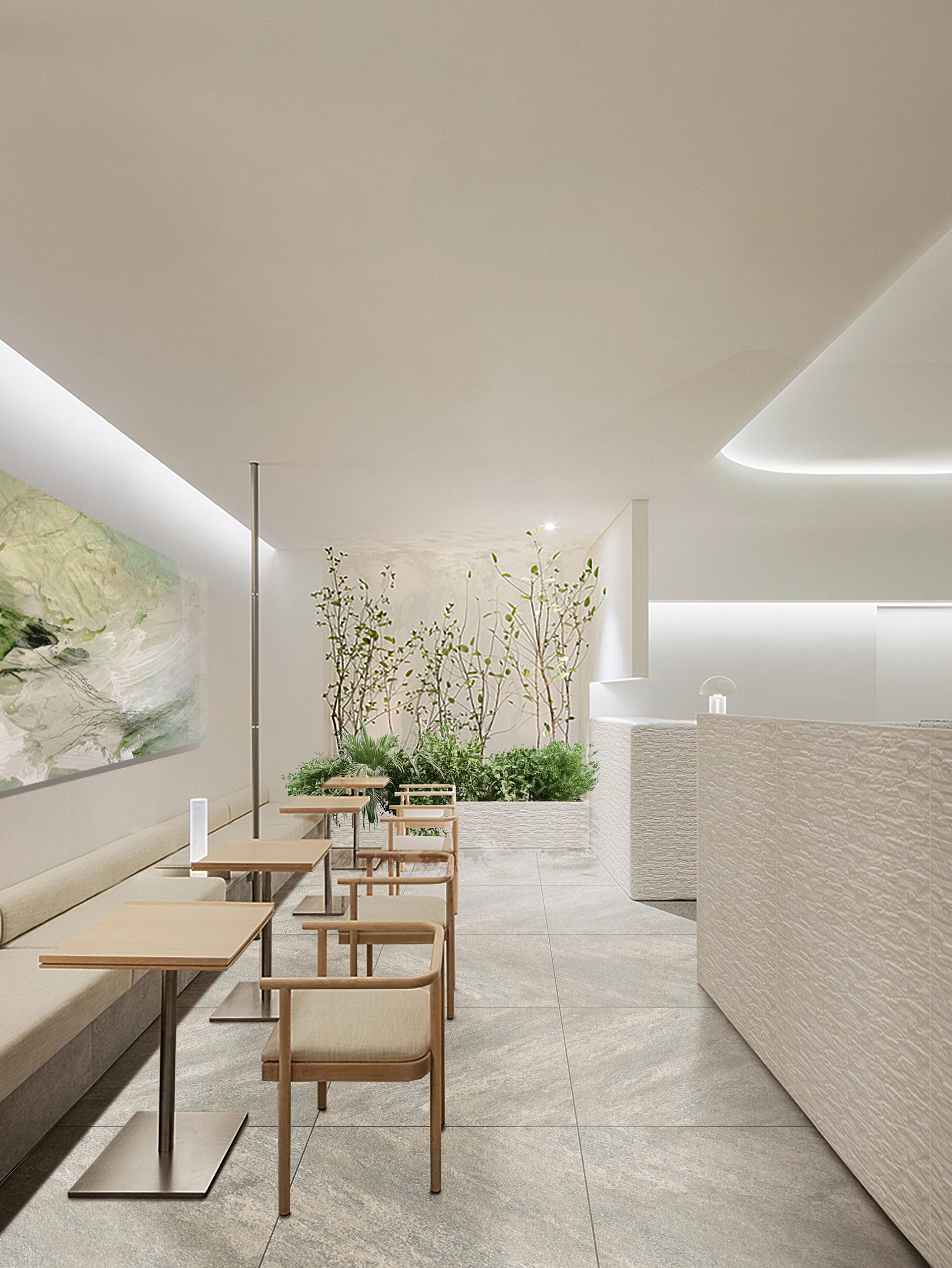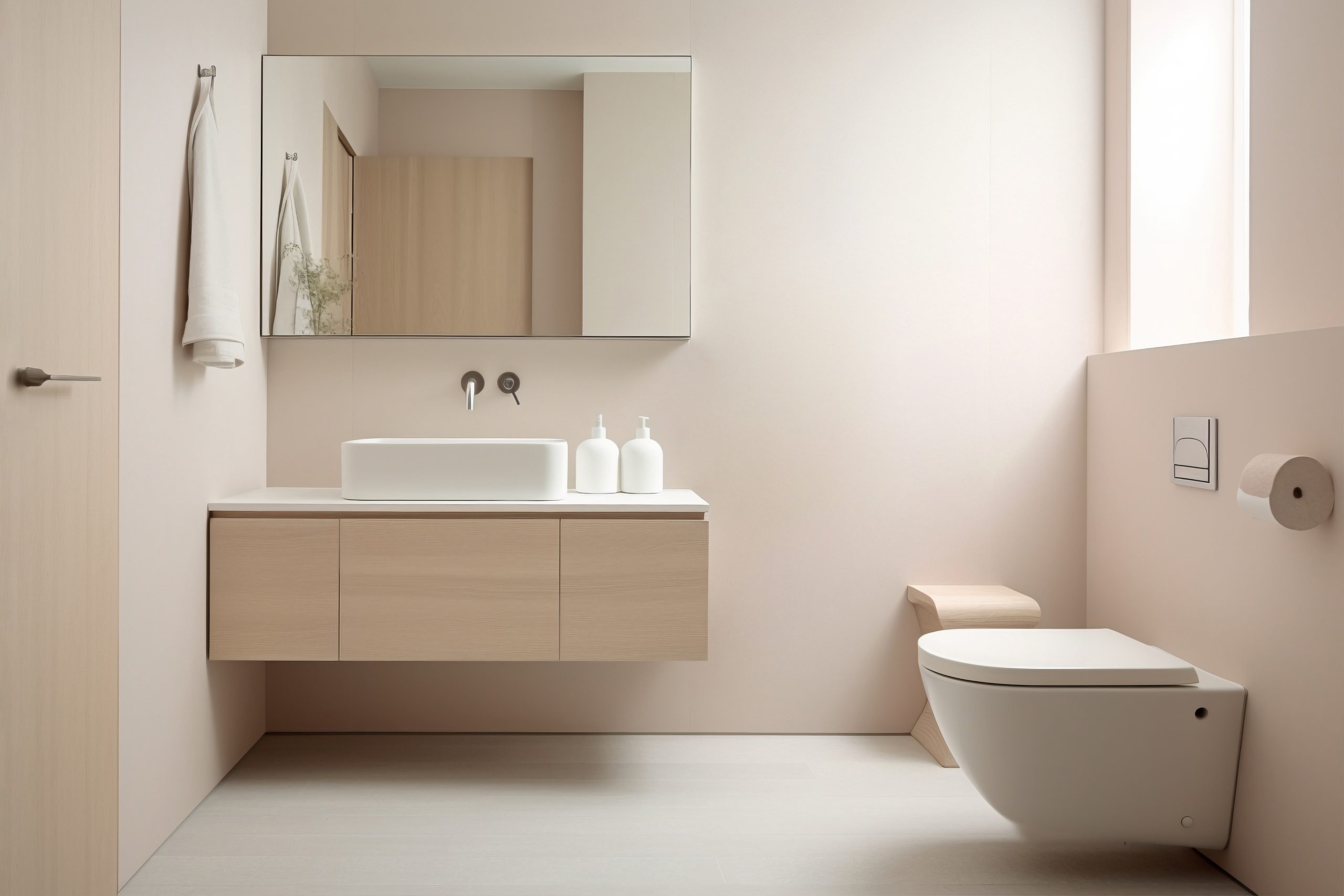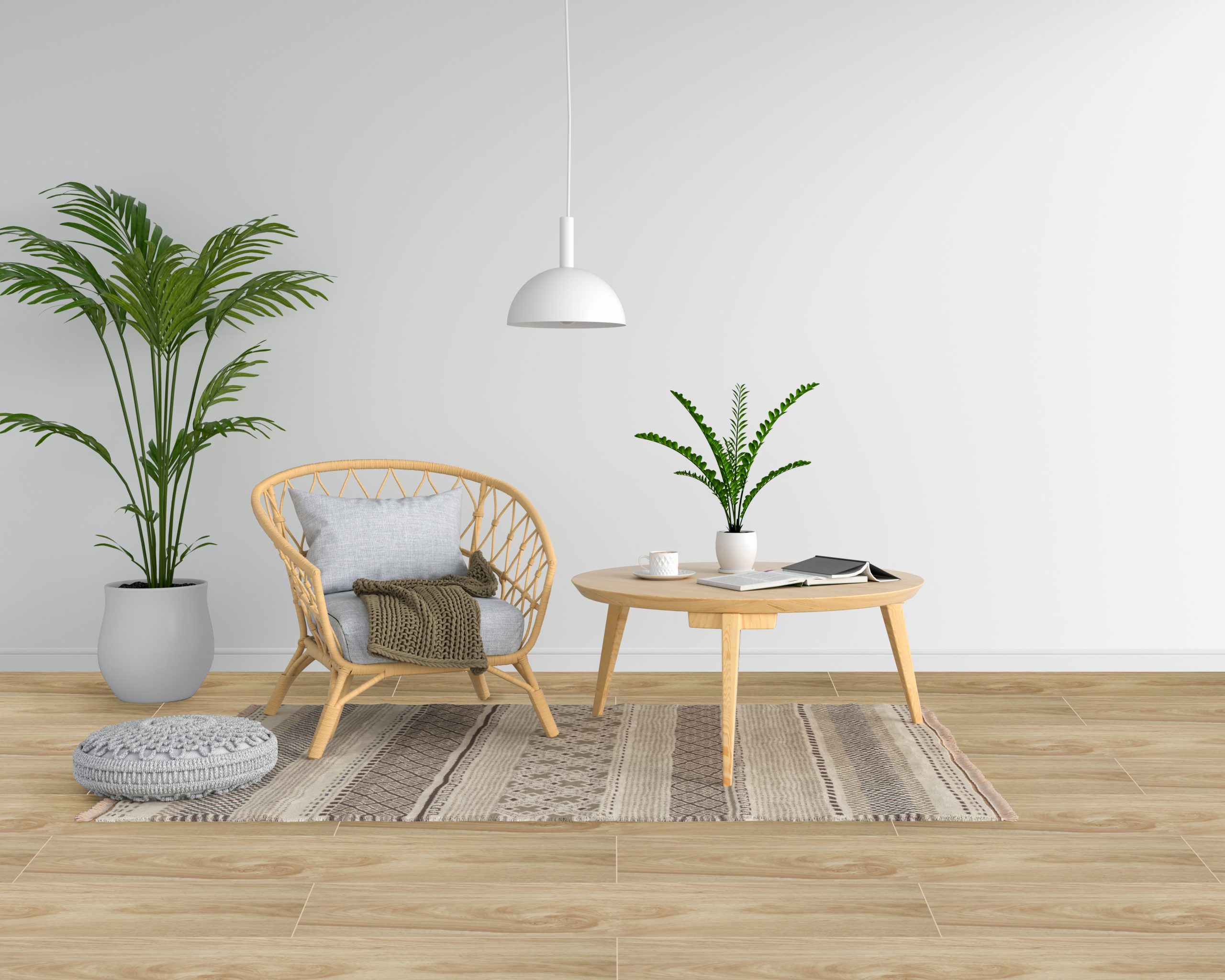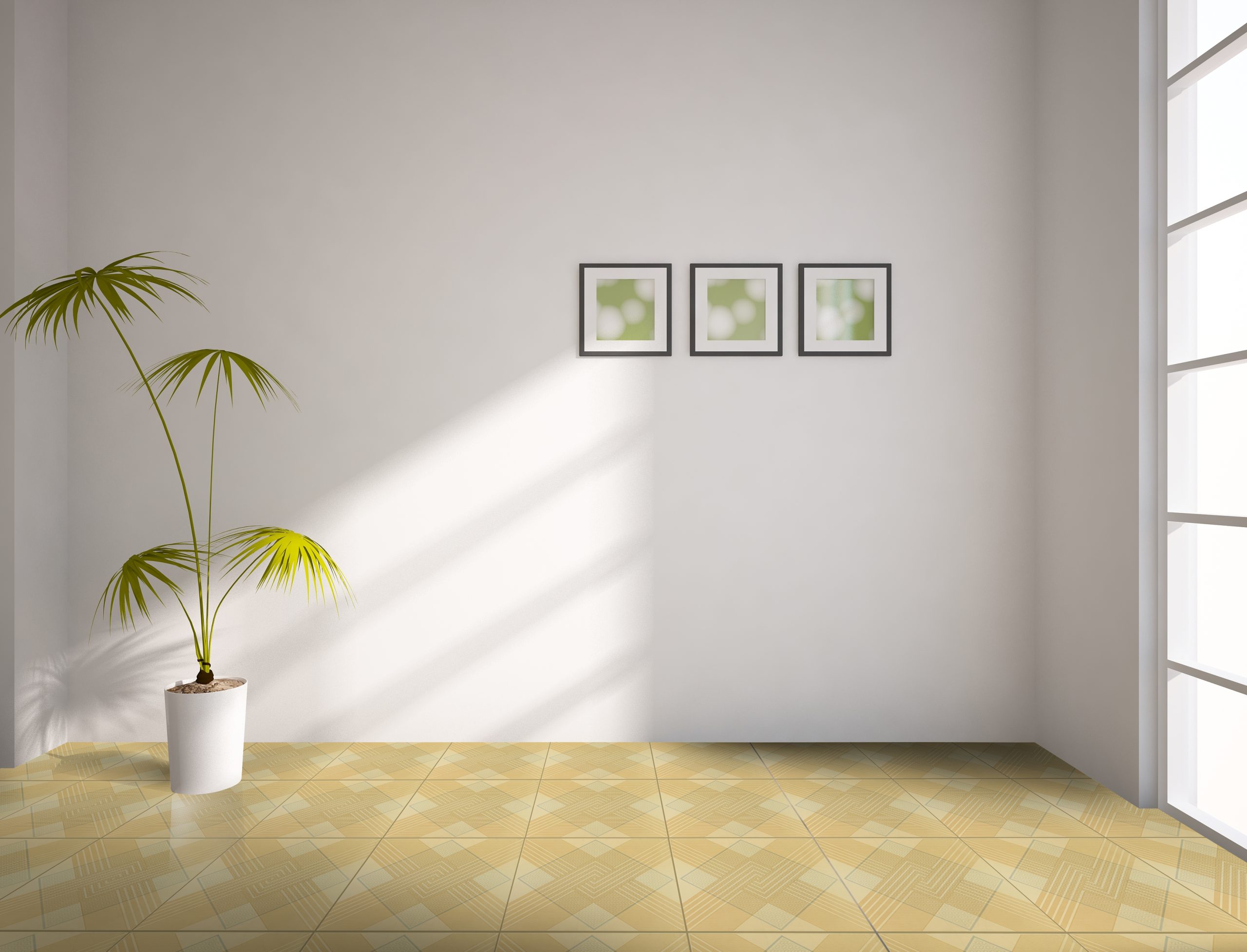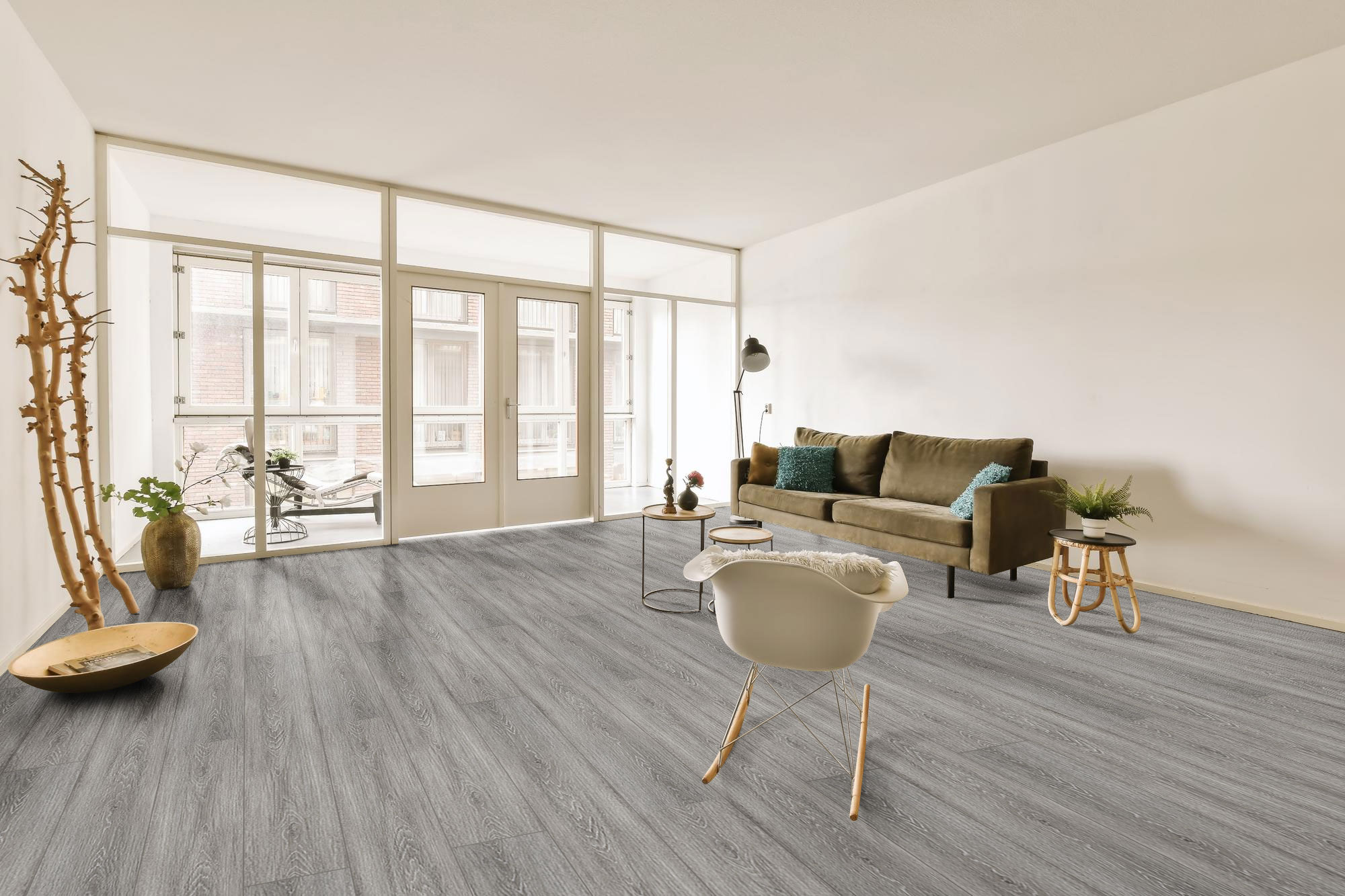Choosing the right flooring for your space is crucial, setting the tone for the entire room. Two popular contenders often come into play among the many options available: carpet vs vinyl tiles. Both have their own set of advantages and considerations, making the decision a challenging one. In this blog post, we’ll delve into the showdown between carpet and vinyl tiles, exploring aspects such as durability, maintenance, aesthetics, cost, and installation to help you make an informed choice for your flooring needs.
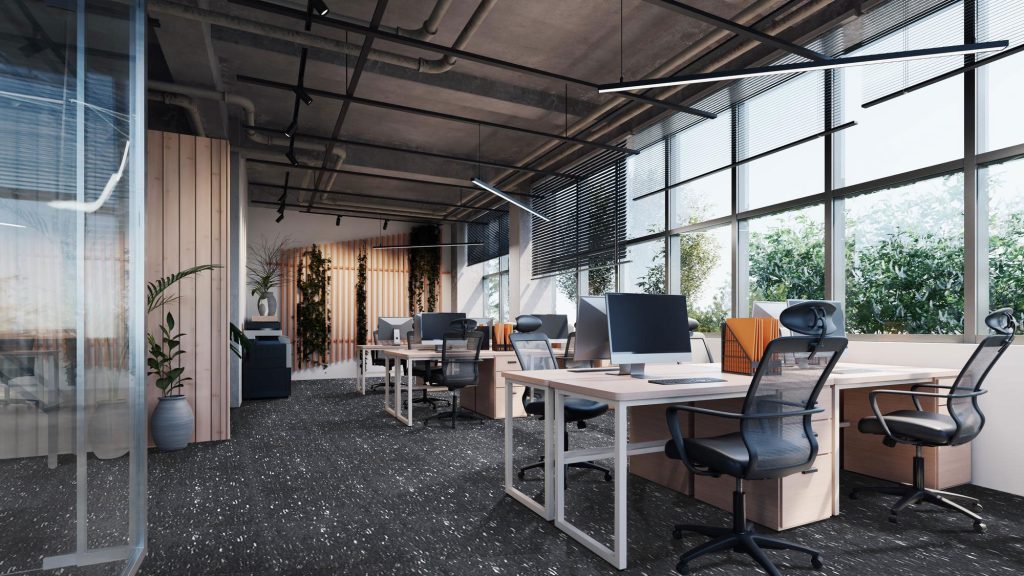
Durability
When it comes to durability, selecting a suitable flooring material is critical to ensuring longevity and enduring the rigors of daily life. Carpet and vinyl are two standard options, each with its durability advantages. Carpet, known for its softness and warmth, offering comfort underfoot and sound absorption, may be less durable than vinyl tiles. They can be prone to staining, wear, and tear, especially in high-traffic areas. Vinyl flooring, on the other hand, is well-known for its durability and resilience to scratches, stains, and moisture, making it an ideal choice for high-traffic areas like kitchens, bathrooms, and entryways. Vinyl flooring has been a popular choice for homeowners looking for durable and practical flooring options due to its ability to resist daily wear and tear and ease of maintenance.
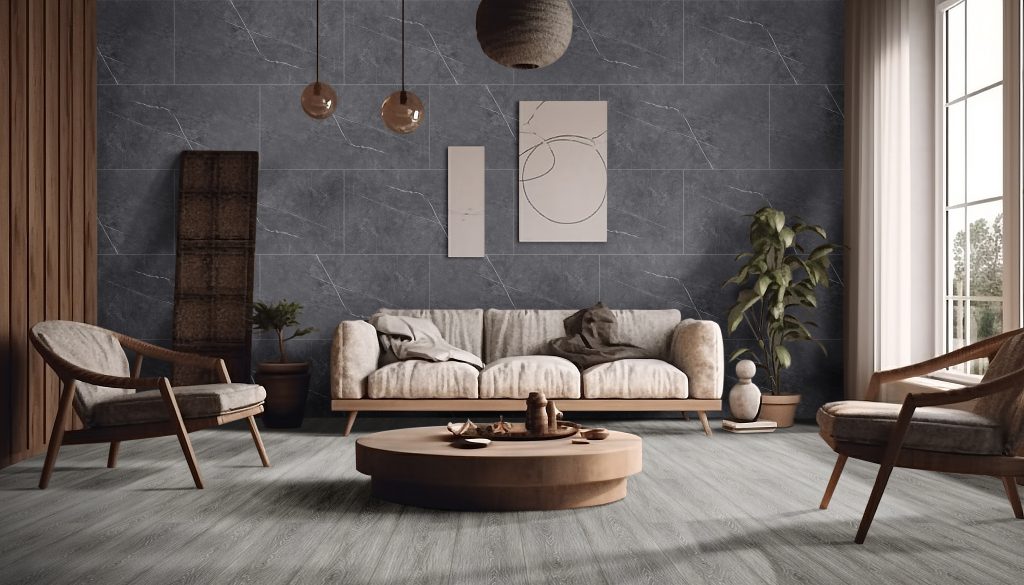
[Vinyl-30×60]-LD1803K-1 + [Vinyl-18×122]-LD6265-4
Maintenance
Maintenance is an important consideration when choosing between carpet and vinyl flooring because it directly affects the longevity and appearance of your floors. Carpet tiles require regular vacuuming to remove dirt and debris and occasional spot cleaning or steam cleaning to maintain freshness and remove stains. They may not be suitable for households with pets or allergy sufferers. Vinyl flooring, on the other hand, requires less maintenance, with regular sweeping and mopping usually enough to keep it clean and looking good. Vinyl’s resistance to moisture and stains allows for simply removing spills and messes, avoiding extensive cleaning. It is an appealing alternative for busy homes looking for flooring that can endure the demands of everyday life because it requires little care and is long-lasting.
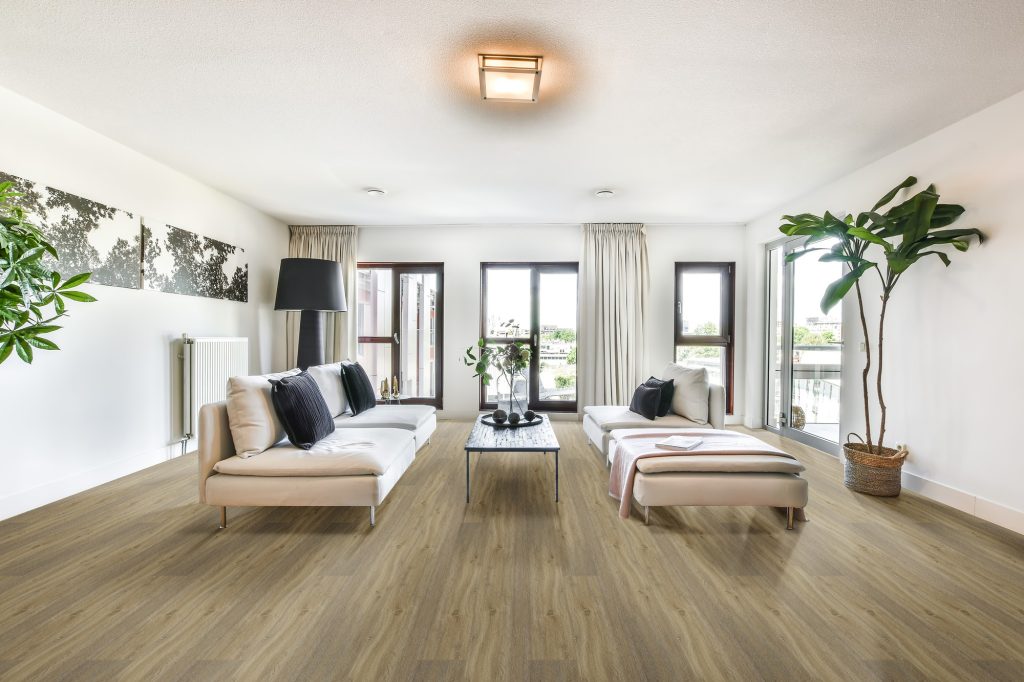
Aesthetics
The aesthetics of flooring significantly impact a room’s mood and visual attractiveness. When comparing carpet with vinyl, aesthetics become essential because each has unique visual qualities. The rug creates a soft, cozy, inviting ambiance with various colors, textures, and patterns to fit different design styles. Whether you like smooth, luxurious carpeting for a formal living room or durable, stain-resistant carpet for a busy family room, carpet allows you to create the style and feel you want.
Vinyl flooring, on the other hand, comes in a variety of styles, such as wood, stone, and tile. With advances in printing technology, vinyl can nearly resemble the natural appearance of these materials while also offering durability and water resistance. Whether you prefer the warmth of mahogany, the elegance of marble, or the industrial chic of concrete, vinyl flooring has various options to suit any décor style. Furthermore, vinyl’s ability to mimic natural materials makes it a popular choice for homeowners seeking a high-end appearance without the related maintenance and cost.
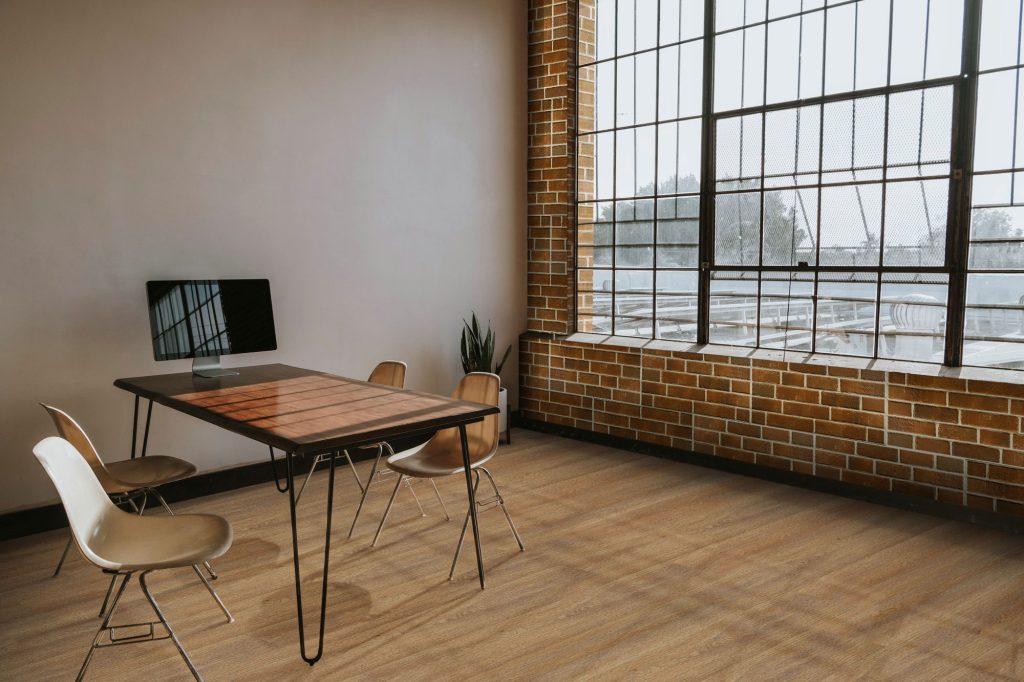
[Vinyl-18×124]-LD83019-4 + [30×60]-Q362
Cost
Vinyl tiles are generally more cost-effective than carpet tiles in terms of material cost and installation. They are often budget-friendly for homeowners looking for durable and versatile flooring. Vinyl can save homeowners money by avoiding regular replacements and costly maintenance, making it a cost-effective option in the long run. Moreover, the cost of carpet tiles can vary depending on material, quality, and design factors. Generally, carpet tiles have higher installation costs than vinyl tiles.
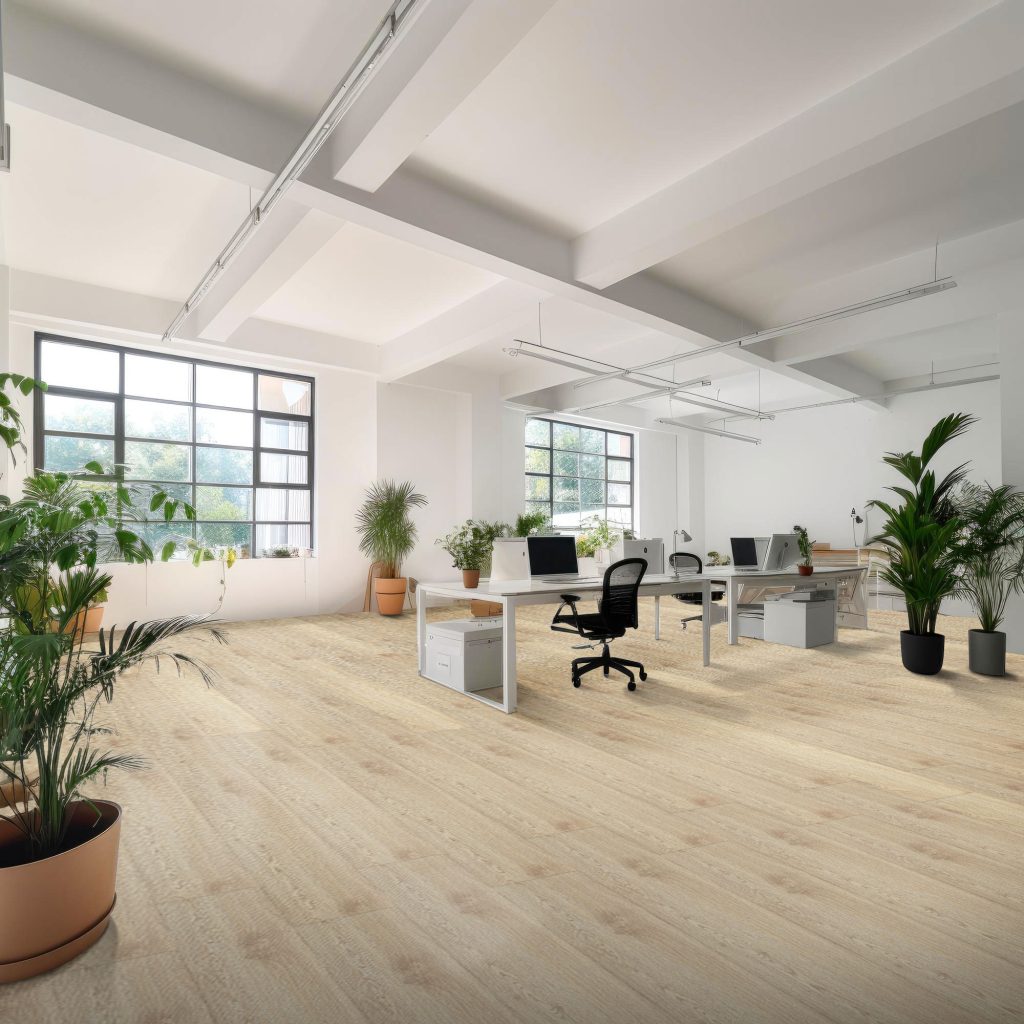
Installation
Carpet tiles are relatively easy to install, as they come in individual squares that can be laid down and replaced individually if damaged. They may require adhesive or tackifier for installation. Vinyl flooring, on the other hand, has a more straightforward installation method, with self-adhesive or click-lock systems available, making it suited for both professional installers and DIY enthusiasts. Vinyl tiles or planks can be installed directly over most existing flooring, eliminating the need for substantial subfloor preparation and potentially cutting installation costs. Vinyl is a popular choice among homeowners looking for its versatility and ease of installation.
Furthermore, the complexity of installation may impact the project’s completion timeline. Carpet installation often takes longer due to the meticulous stretching, cutting, and seam-sealing necessary. In contrast, vinyl flooring may typically be laid more rapidly, especially with click-lock or peel-and-stick choices that require minimal preparation and no drying time.
Key Takeaway
There is no clear winner in the battle between carpet and vinyl tiles, as each option has its strengths and considerations. Ultimately, the best choice depends on your needs, preferences, and lifestyle factors. If you prioritize durability, low maintenance, and modern aesthetics, vinyl tiles may be the way to go. However, if comfort, warmth, and a wide range of design options are more important to you, carpets could be the ideal choice. By weighing the factors of durability, maintenance, aesthetics, cost, and installation, you can make an informed decision that enhances the beauty and functionality of your spaces for years to come.
Now that you’re armed with the knowledge and tips to pick the right tiles for your home, it’s time to turn your vision into reality. Take the first step and embark on your tile transformation journey today!
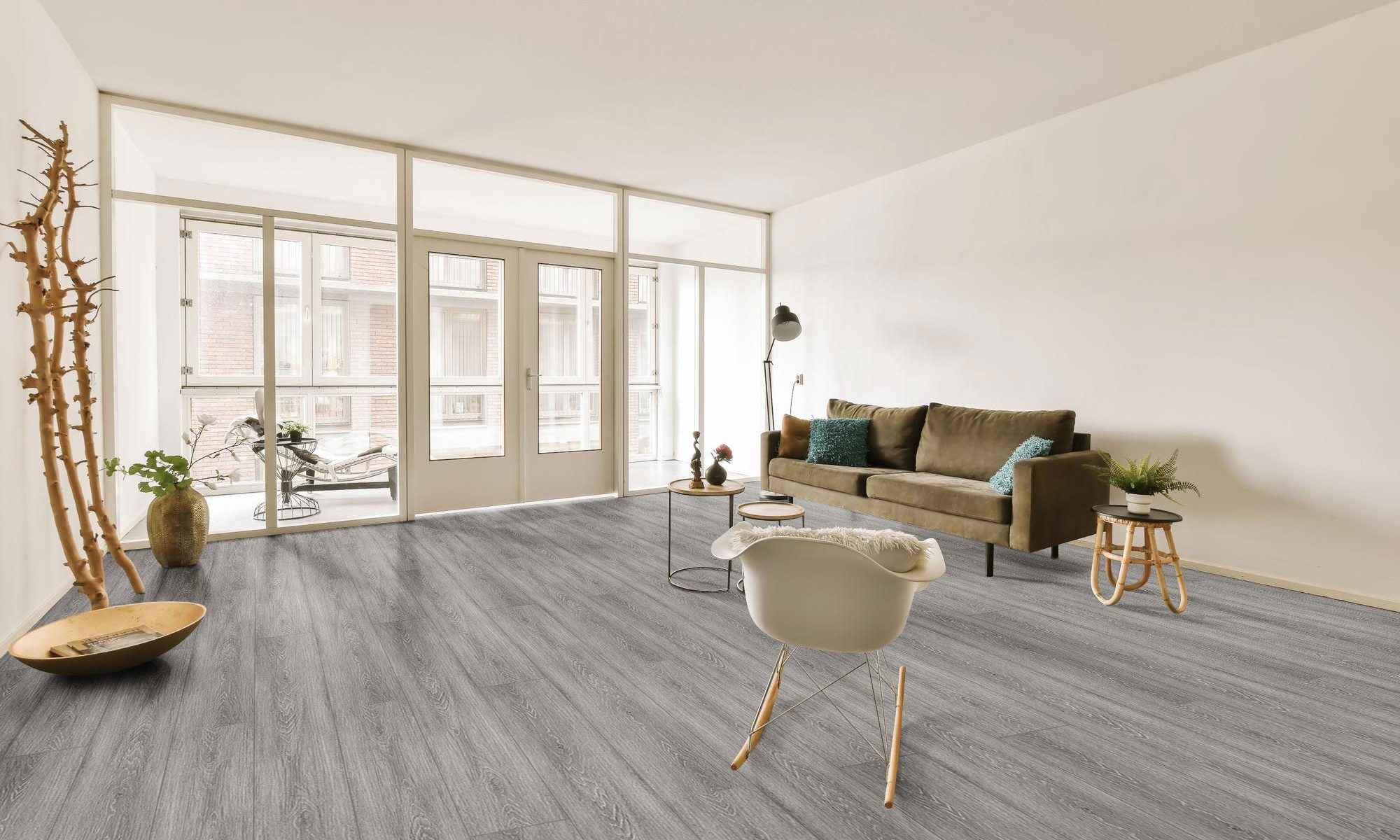
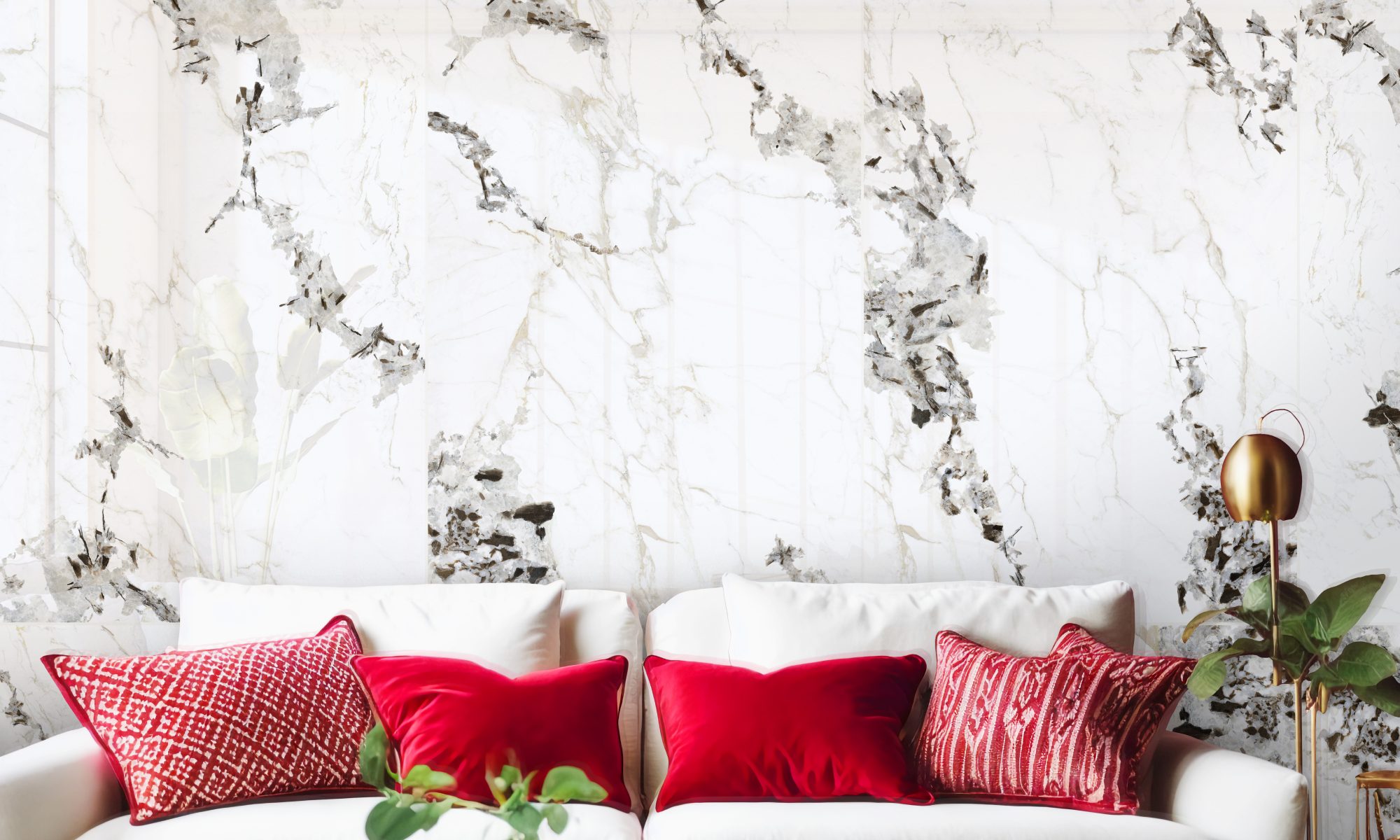
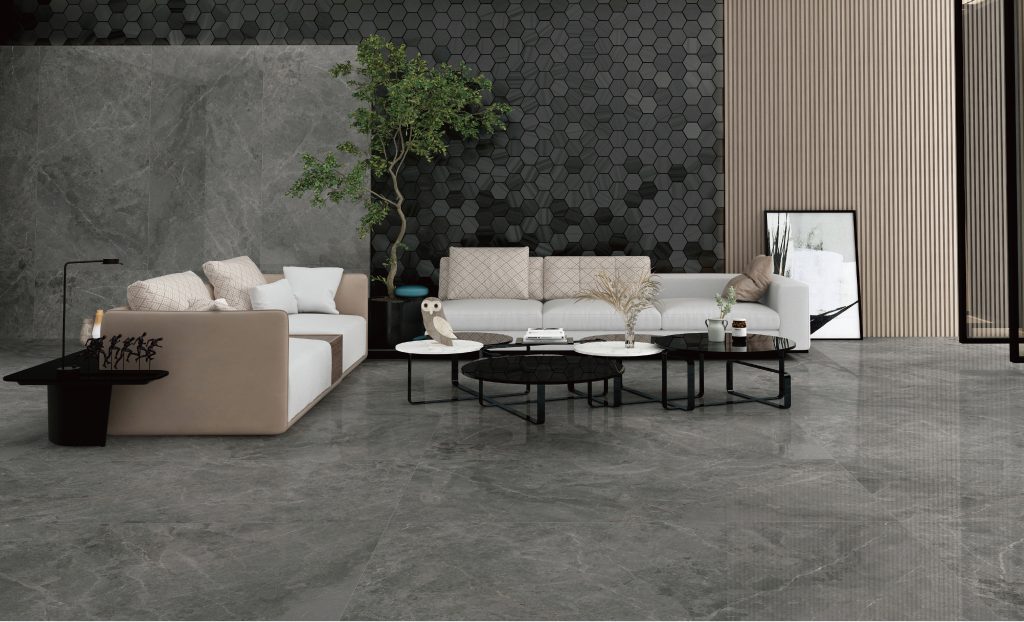
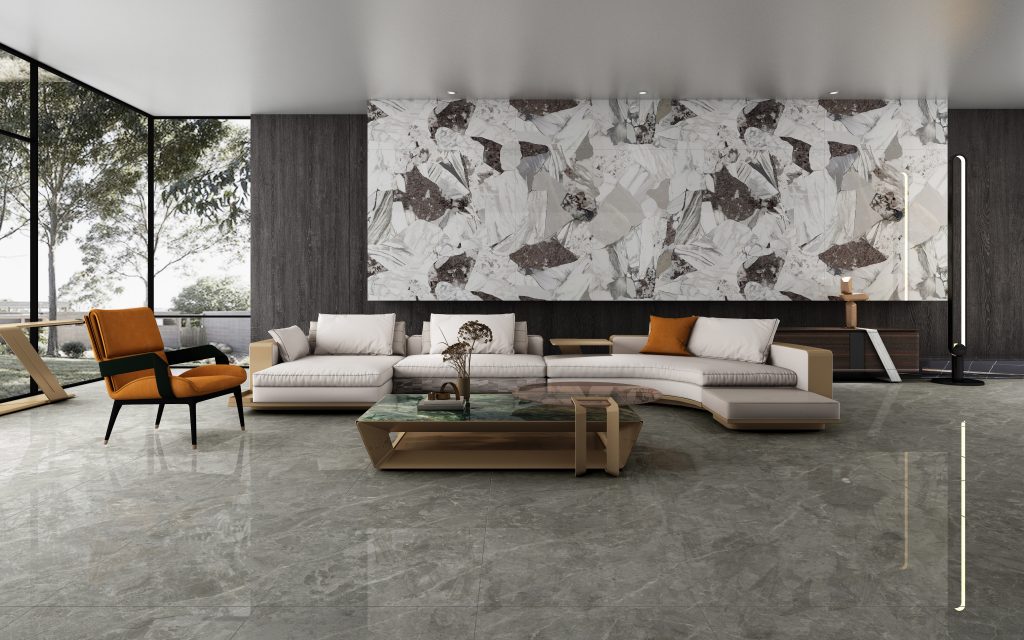
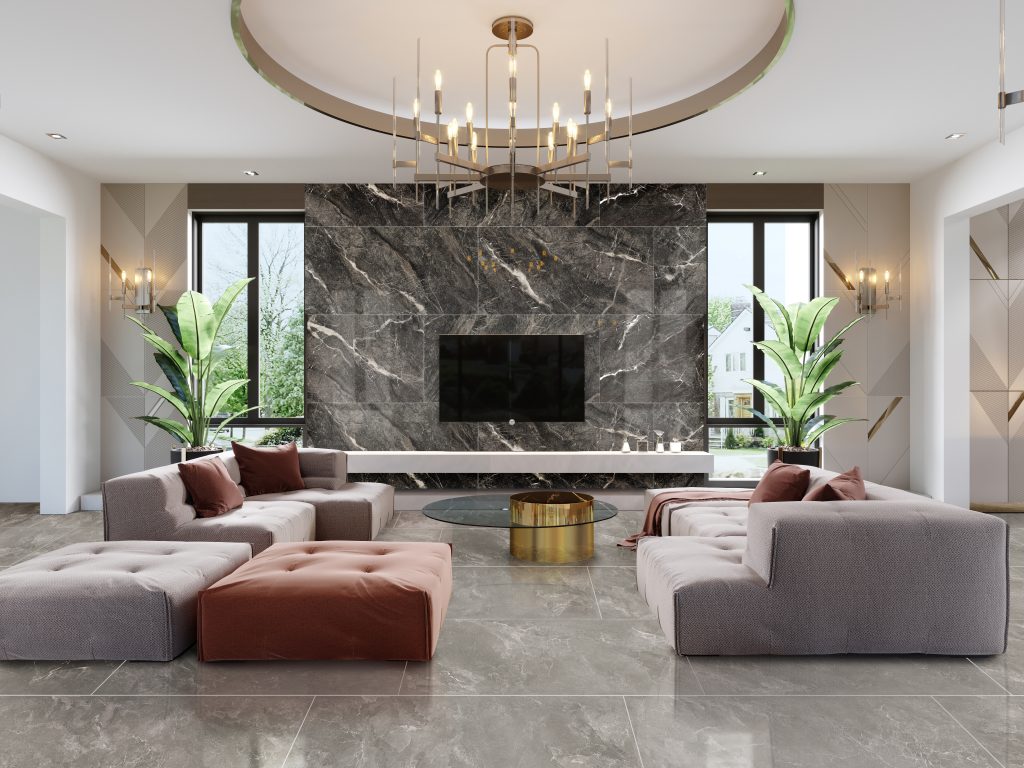
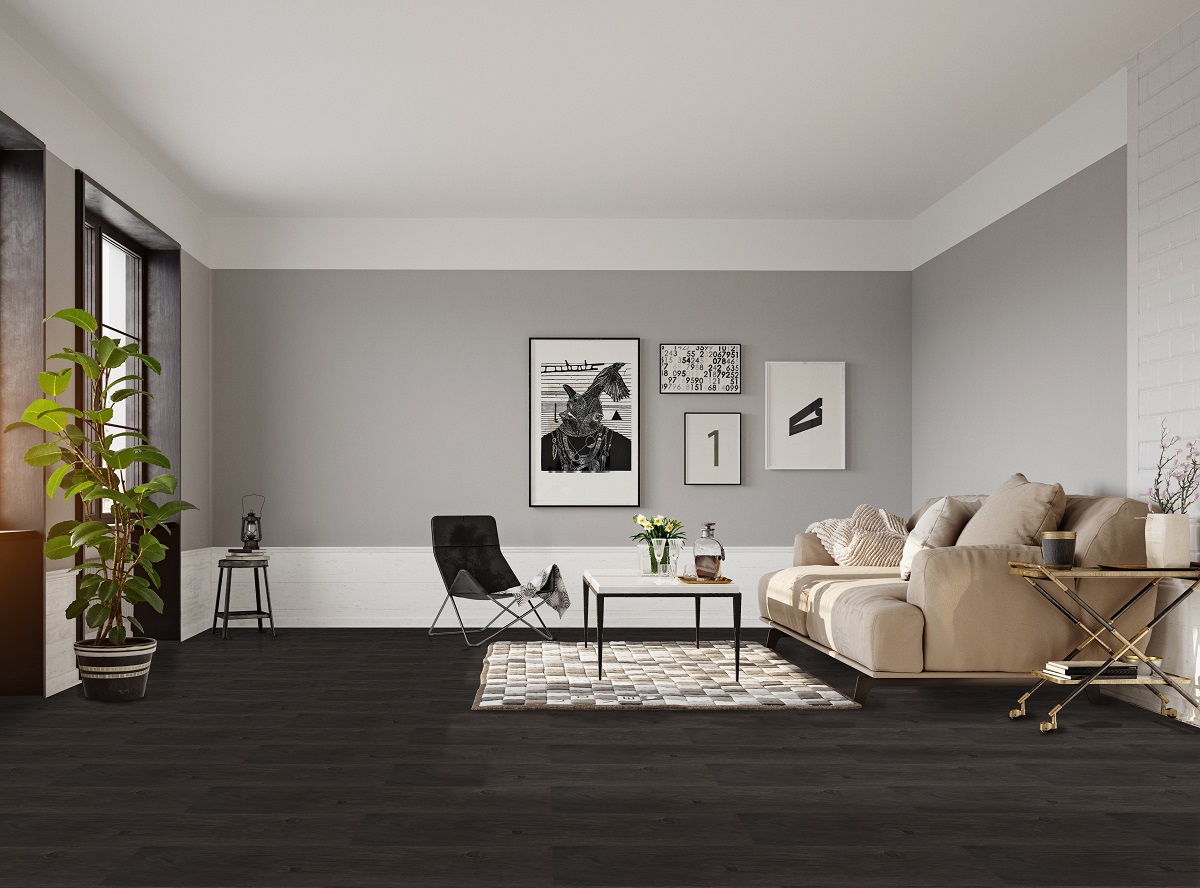
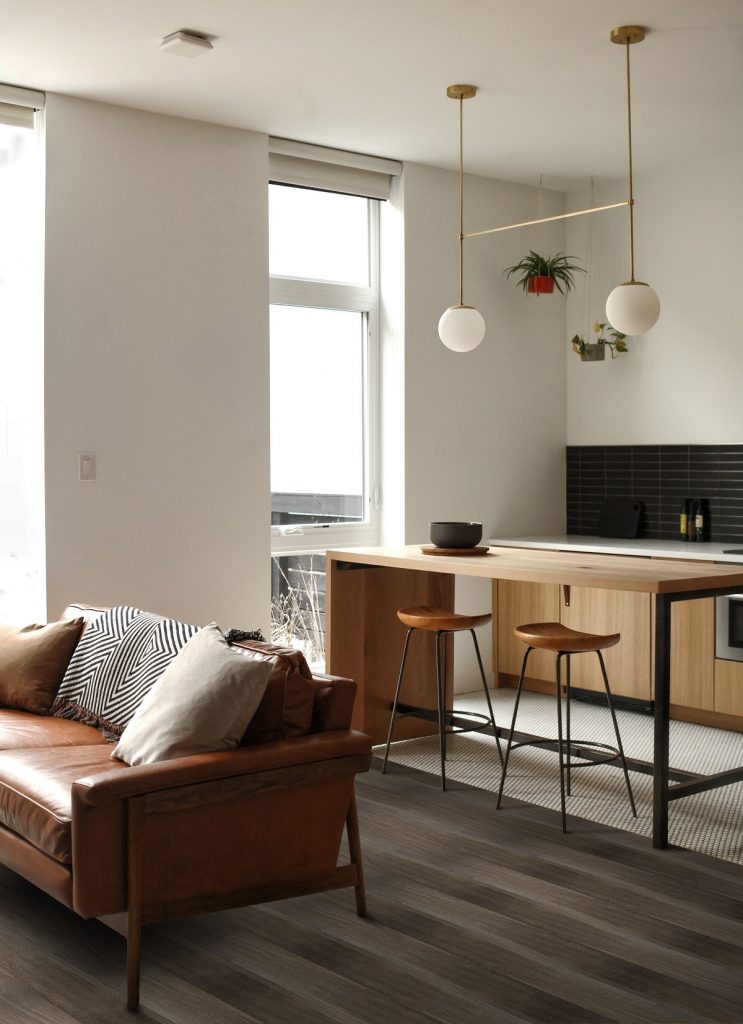
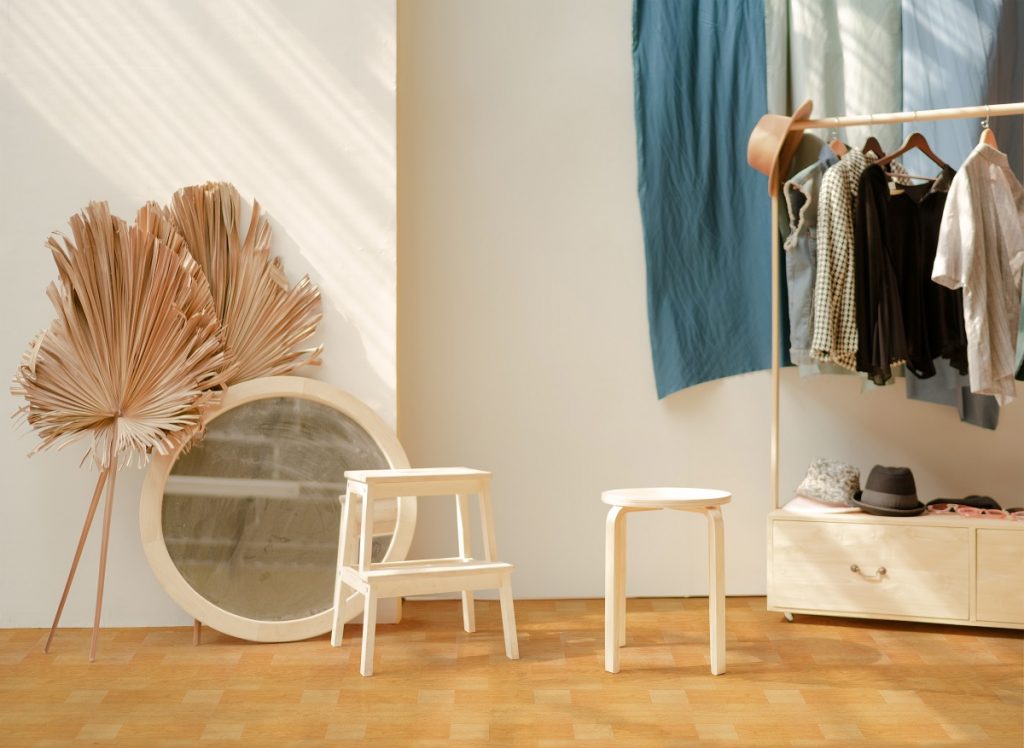
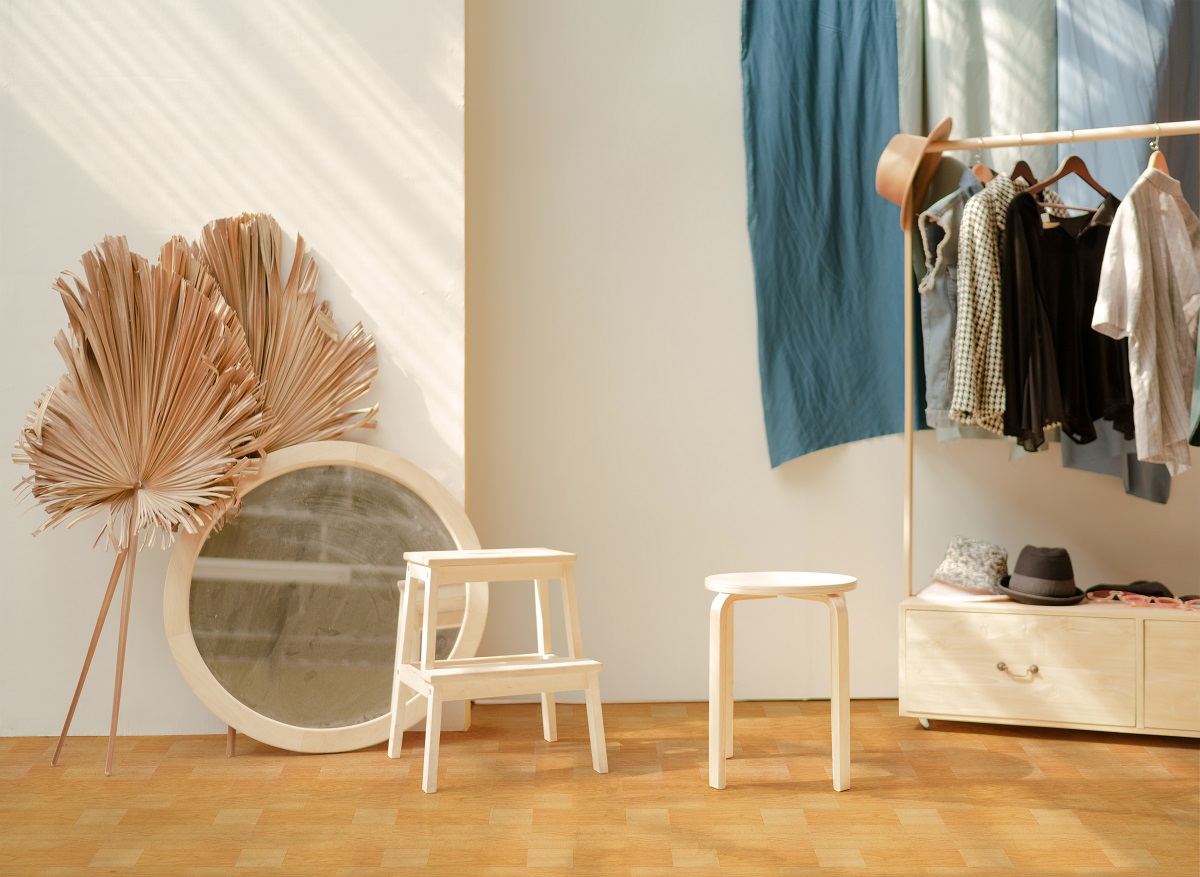
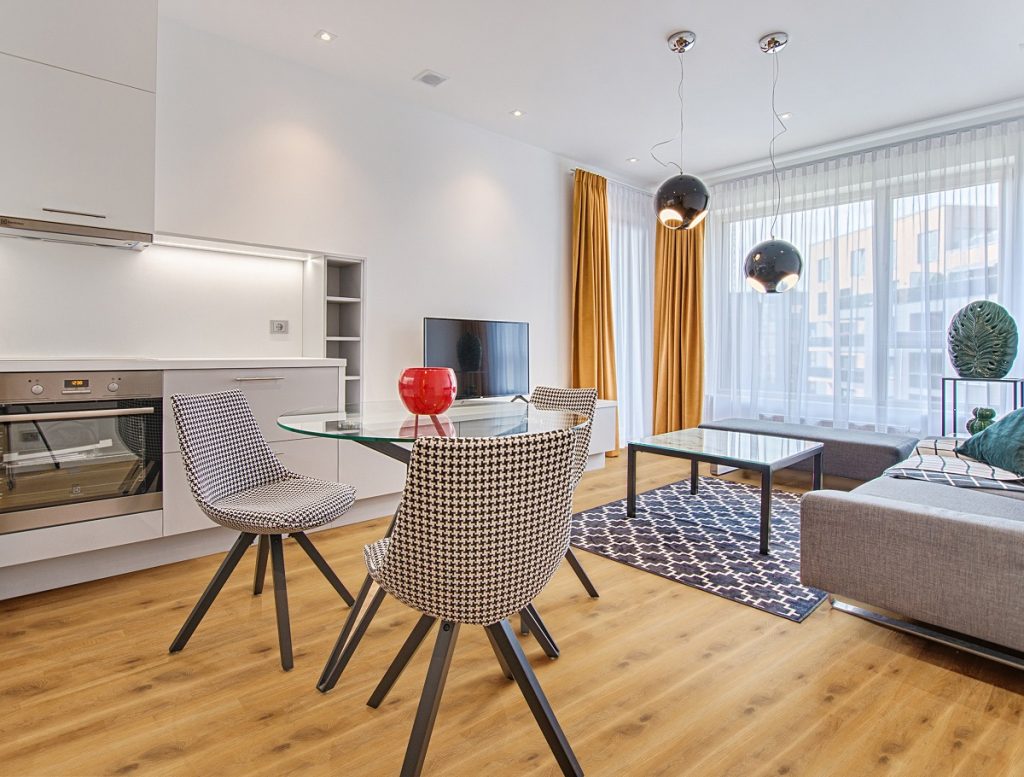
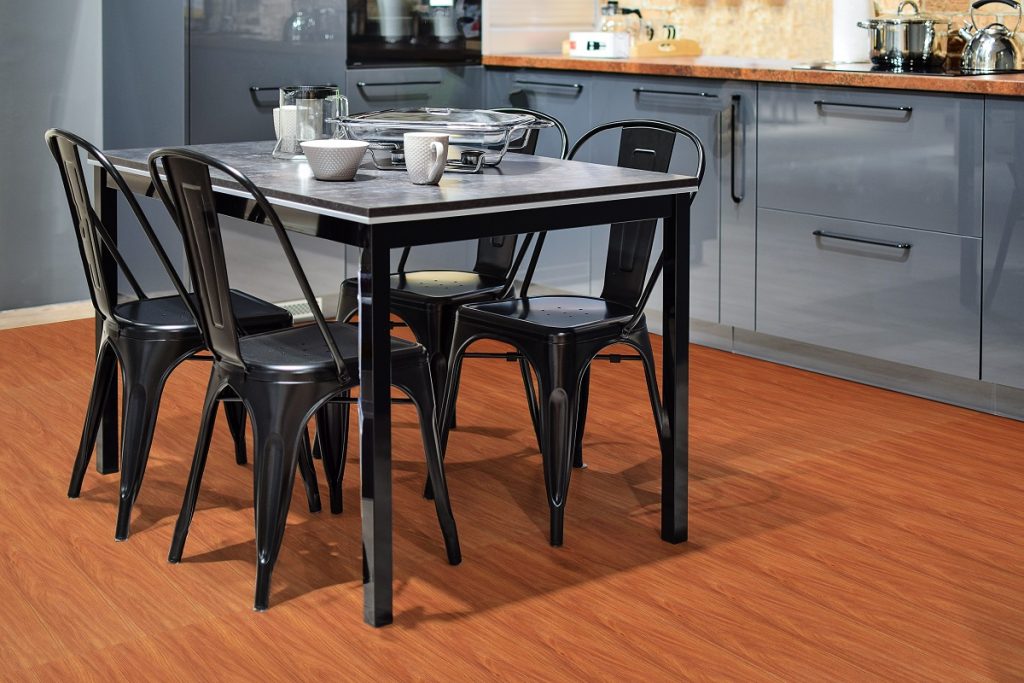
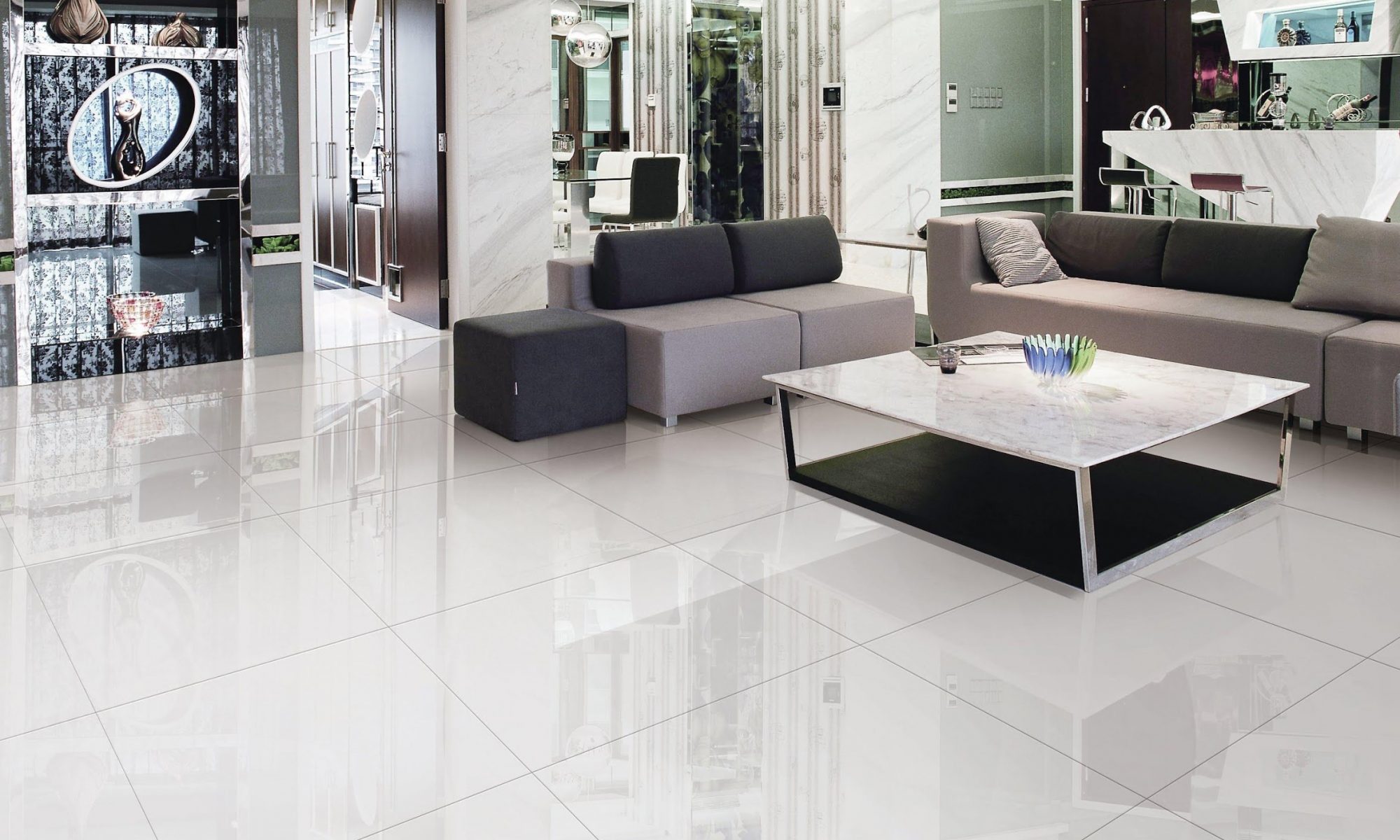
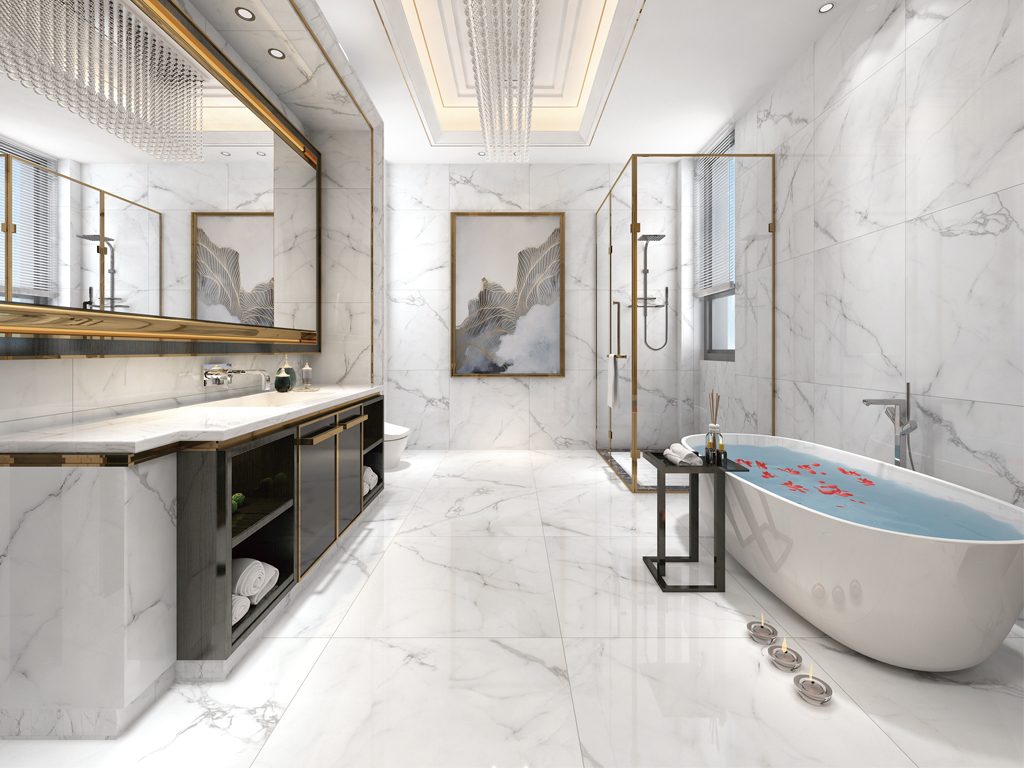
![[30x30] 15-066](https://blog.floorcenter.com/wp-content/uploads/2018/10/30x30-15-066-300x300.jpg)
